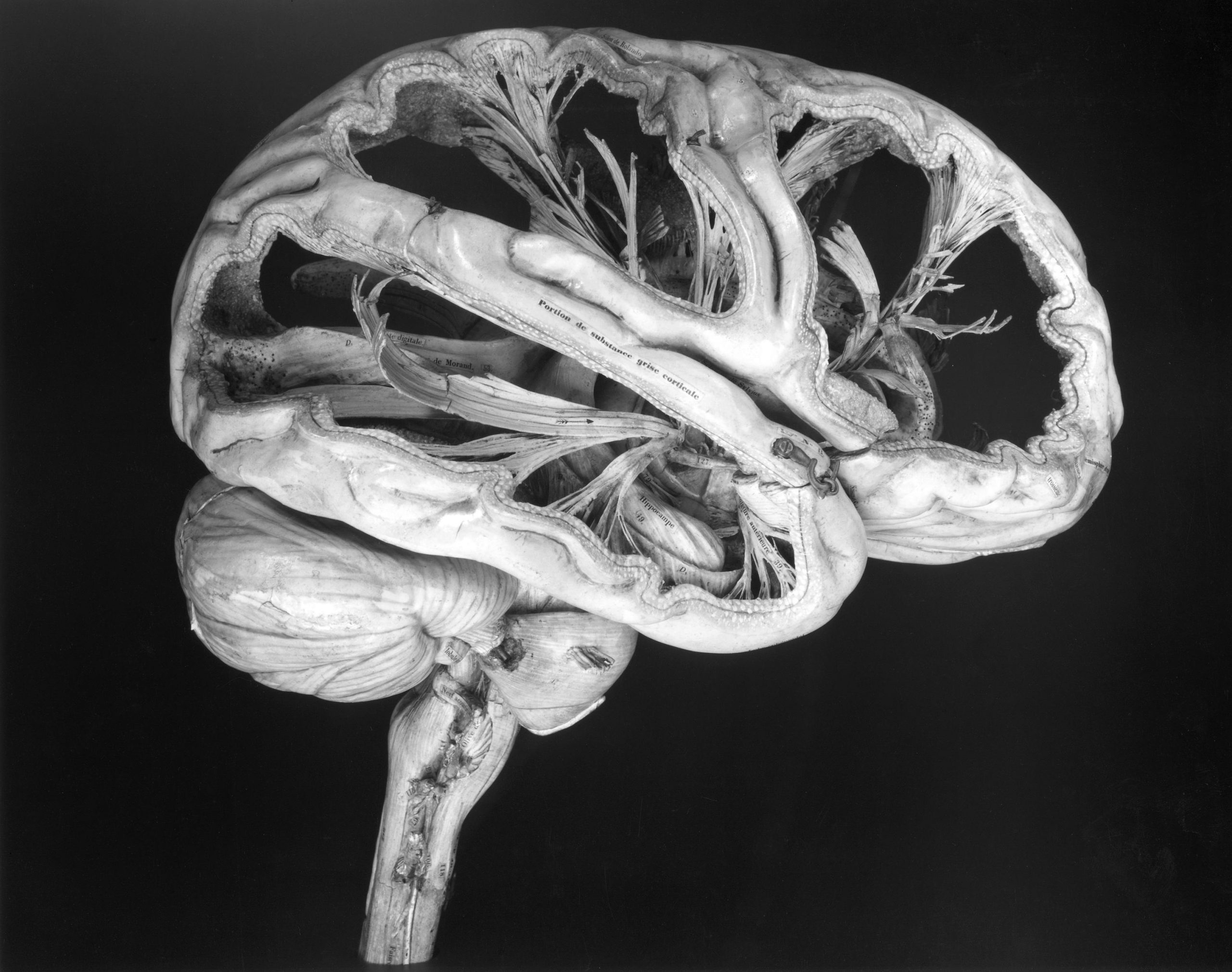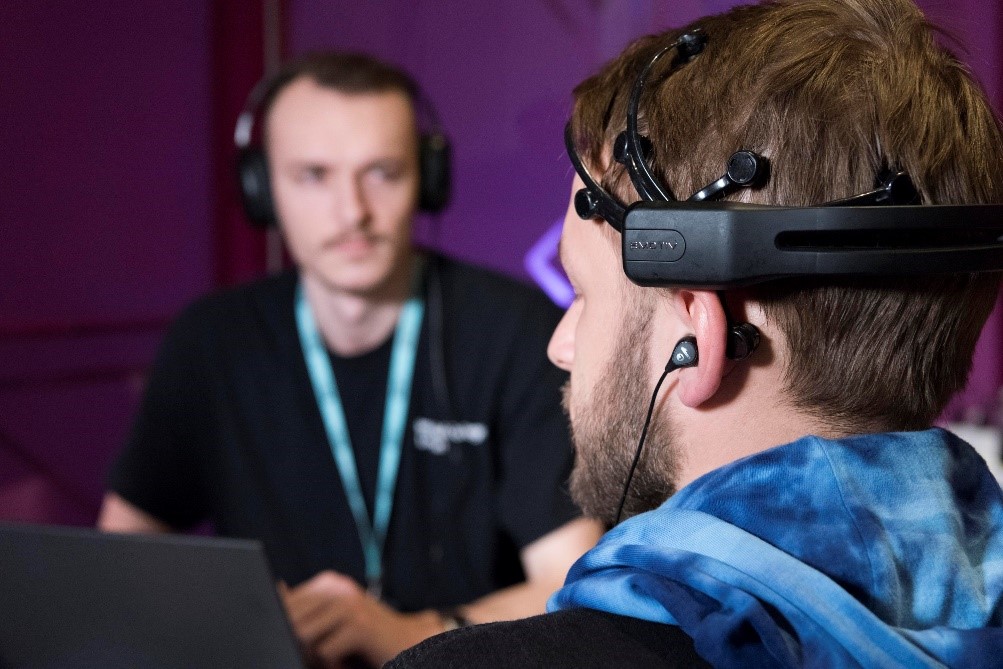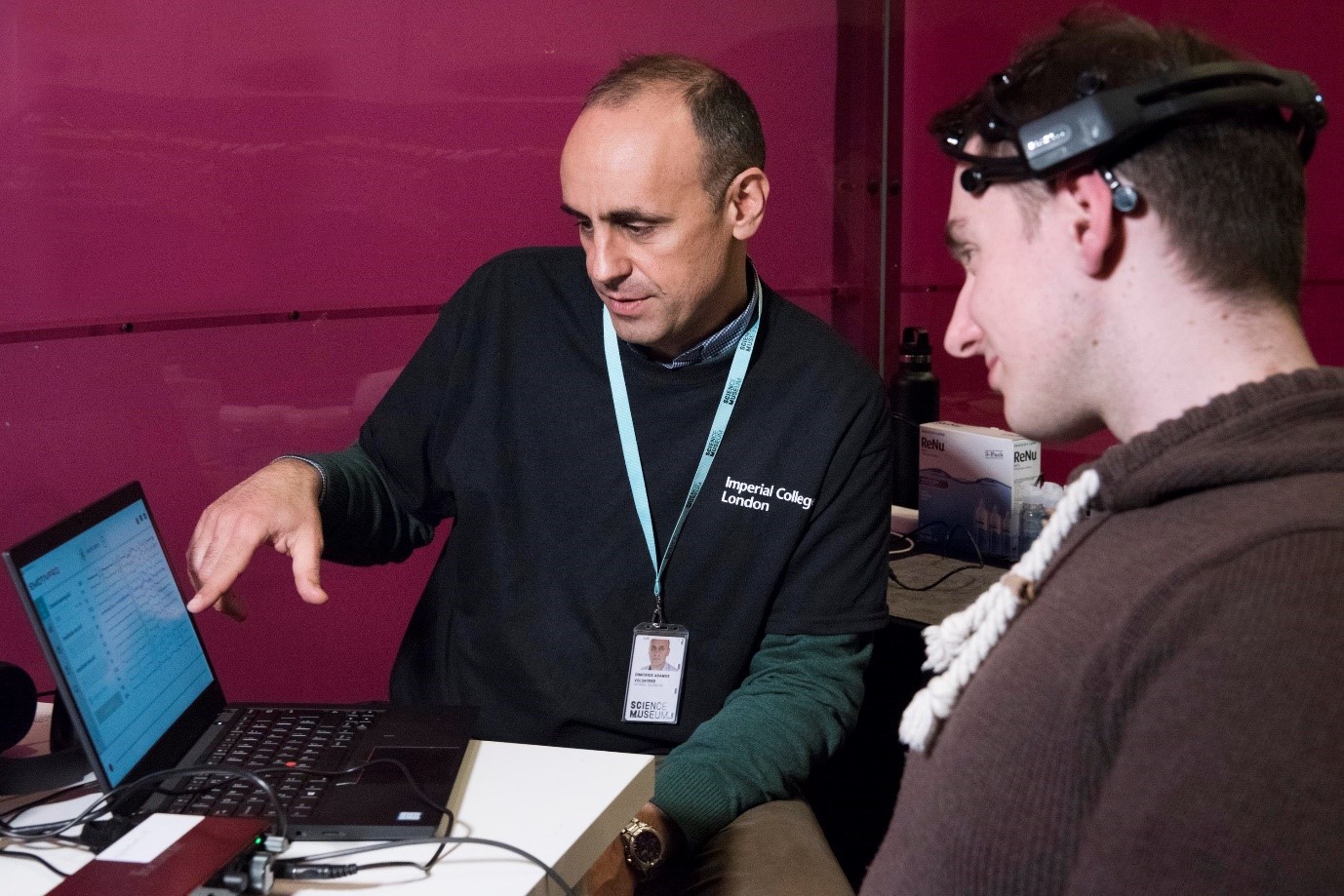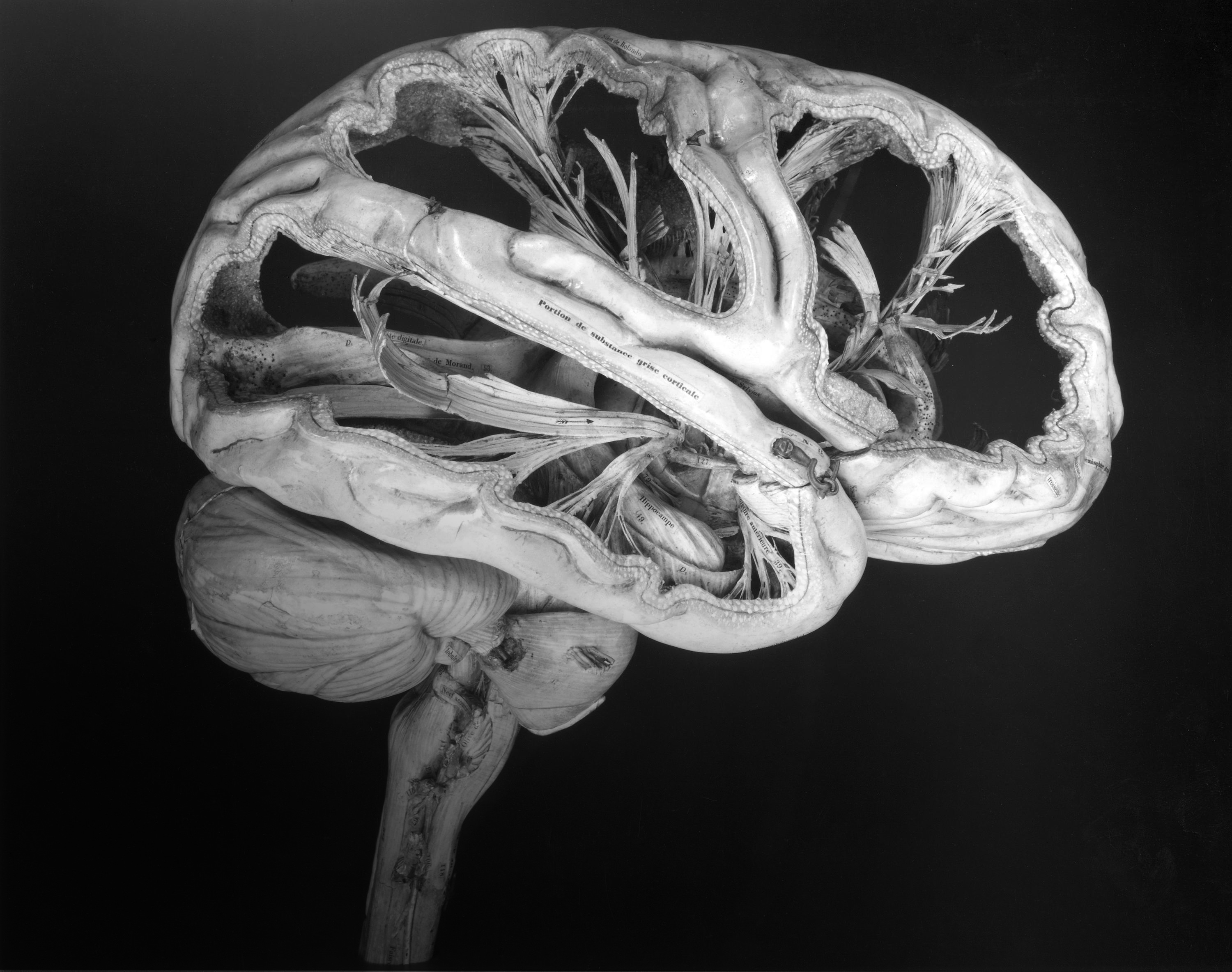Listening to music is one of the most treasured sensory experiences. It is a universal language across different countries and cultures and it is also deeply personal. Everyone has their own favourite tunes, songs that make their mind drift off into daydreams or remind them of a particular time in their lives.
We wanted to start a piece of research that explored what happened when we listen to music we like, or more accurately how our brains respond to music even if we claim not to like it!

But what really happens in our brain when we listen to our favourite music? In recent years, music-induced pleasure has been associated with increased functional connectivity and a richer neural network in the human brain as we know the brain reward system is activated at moments of peak emotional arousal.
In this context, our work builds upon recent research demonstrating that such findings can be understood by monitoring the brain’s electrical activity using electroencephalography (EEG) devices.
Our aim was to utilise wearable brain-scanning devices to record the underlying neural activity in nearly real-life settings, in order to study the effects of music on the listener’s brain dynamics.

The #MyBrainTunes experiment, that ran at the Science Museum from February – March 2020, used the latest technology to monitor human brainwaves while participants listened to music, to predict how much they liked a particular song.
It was an ambitious attempt to accommodate, for the first time, a wide-scale collection of human brainwaves during music listening.
Our goal now is to use the collected data to build computational models that will deepen our understanding of people’s music-listening brain states and investigate the roles that age, sex, ethnicity and music education has on which genres of music our brains enjoy.
So how did it work?
We began by selecting songs from the Official UK Singles Charts from the past 40 years. We then prepared an app for visitors to use to rate a sample of songs according to how much they enjoy them.
During the Live Science residency, we introduced the experiment to visitors. If they decided to participate, within a few minutes they were listening to and rating our selected songs. John Lennon or Adele? Queen or Coldplay?
One of the most enjoyable parts of the experiment was observing families, couples, friends and single visitors dancing along while they were marking their familiarity and likeness scores.

Then, with the help of our research team, everyone had their brainwaves recorded by wearable EEG headsets whilst they were listening to the same songs.
Afterwards, we shared graphs with the participants that illustrated their neural activity during different songs and showing how their brains responded to the songs that they liked versus the songs that they didn’t like.

We are currently exploring the data that we have collected, working on both engineering and scientific tasks. With the help of modern brain signal analytics, our team is using the music-induced brainwaves to train algorithms for decoding the listener’s experience and disposition to particular musical pieces.
#MyBrainTunes was funded by Imperial College London, and the results will be published later this year. You can find out more about the study on the My Brain Tunes website.
